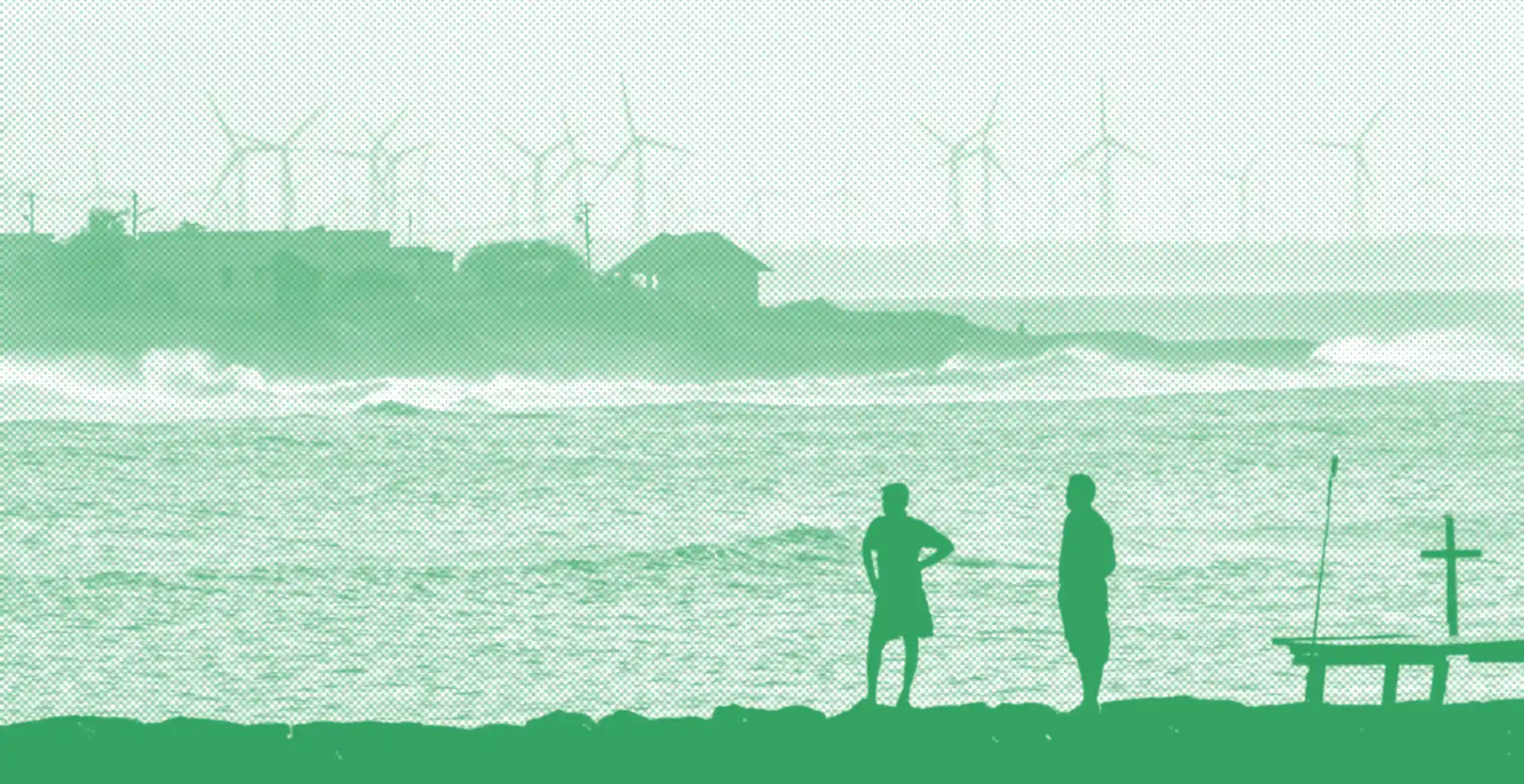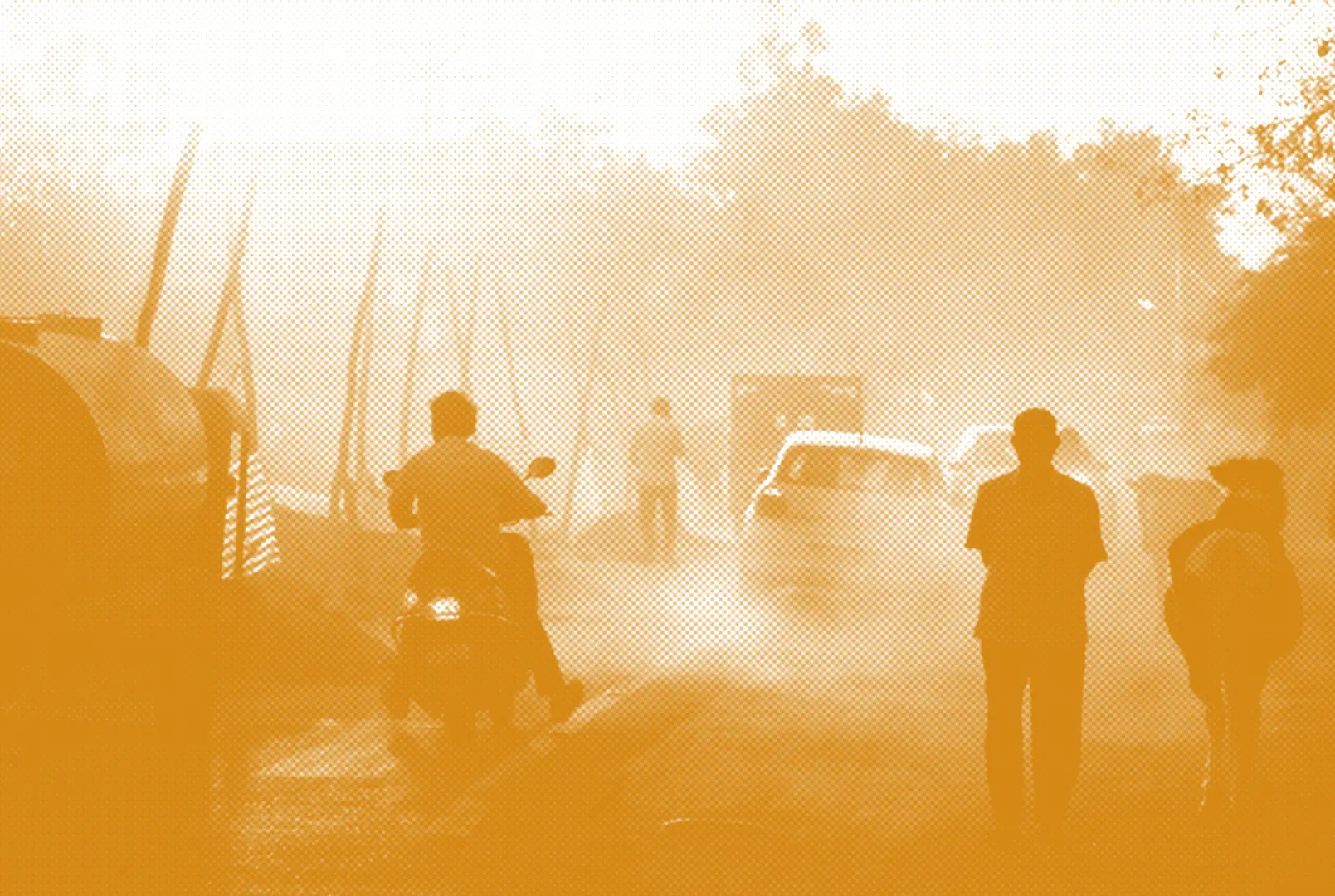Introduction
India must build a 21st century energy system while simultaneously grappling with 20th century problems of energy access, operational inefficiencies, and financial leakages in electricity distribution. Unlike industrialised economies which are in a position to taper their demand, India needs to expand energy use to fuel economic growth and social aspirations. How India chooses to meet its future energy demand – how it produces and consumes energy – is consequential for India’s development future, but also the global energy transition.
India has positioned itself as a frontrunner in the energy transition by setting ambitious near-term targets for clean energy to contribute toward the long-term pledge of net-zero emissions by 2070. Its domestic energy targets include 500 GW non-fossil energy generation capacity, inclusive of 450 GW of renewable energy (RE), and renewable purchase obligations (RPOs) – a de facto generation target – of 43% to be met by 20302. Besides, as part of its G20 presidency, India mobilised a consensus to triple RE capacity and double energy efficiency globally by 2030, subsequently reflected in the Dubai Declaration.
The transition from fossil fuel to RE comes with the potential for energy self-sufficiency, a promise of low-cost power to meet welfare demands, and an opportunity for competitive, job-creating and green industrialisation. However, these opportunities are neither automatic nor free of costs. While an affordable, cleaner, greener, job-creating energy future beckons, the path from here to there will be disruptive, likely creating losers who have an incentive to slow-down changes, potentially risking stability of energy supply, and will depend on far greater finance and infrastructure investments.
The technology shift that undergirds India’s energy transition will need to be accompanied by foundational institutional changes. Tapping the potential of RE depends on clear and coherent plans, institutional capacities, and governance processes that enable the unwinding of lock-ins to incumbent technologies, and create space for new and emerging technologies. Managing likely disruptions and enabling the transition requires fundamental shifts in politics and institutions in Indian energy along with adoption of new technology.
Our research and engagements at the Sustainable Futures Collaborative (SFC) focus on rethinking the configuration of technology, politics and institutions in Indian energy as a necessary complement to techno-economic solutions for enabling the transition. To explain the configuration and suggest priorities for change, we focus on three interlinked areas: the economic viability of electricity distribution, subnational preparedness, and just energy transition.
Read more





